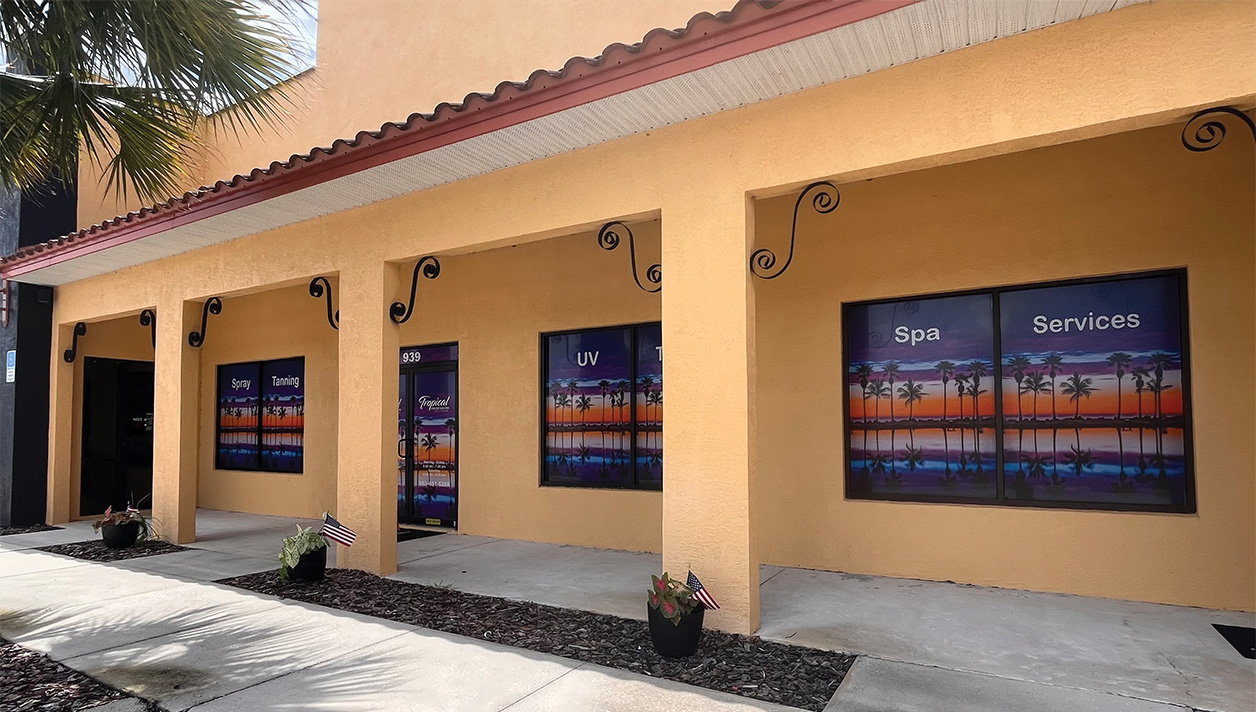As we slide into the last month of the year, many of us are preparing for cold and flu season. Flu shots, increased vitamin consumption, family remedies for feeling “under the weather” (hot toddies work!) and of course, prescriptions from the pharmacy. At the same time, we also see increased traffic at our salons as the season kicks off. Tanning packages are great seasonal gifts and both new and veteran tanners enjoy these tidings of great joy – particularly when the weather is cold and dreary!
[gap height=”15″]
When we combine UV sessions with common medications we take to ward off, attempt to reduce or cure ailments, we create a recipe for a reddening response, or photosensitivity. I’ve been teaching accredited indoor tanning certification for many years, going back to the mid-1990s. Back in the day, we utilized course materials that included an incredibly long list of medications that could cause photosensitivity – something like ten pages long! However, as is true today, new medications were approved by the FDA and introduced to the public at an increasing rate, which rendered the list antiquated almost as soon as it was released and printed.
[gap height=”15″]
A best practice for salons should be to make tanners aware of increased risk for a photosensitive response to UV when they are taking medications. Clearly, it would be inappropriate to inquire “are you on any drugs?” – but make sure they know that certain medications may induce a reddening response. Drugs are not the only substances that can cause a negative response to UV exposure. Certain perfumes, colognes, soaps, citrus fruits, shampoos and more can also produce the same response. Certain indoor tanning lotions (those with tingle factors) may also cause photosensitivity. Of particular risk are tanners with Skin Type 1 or 2 who use a tingle-factor product or even a non-tingle lotion that contains certain ingredients. If a tanner inquires about the source of a post-session reddening response, those products would be appropriate starting points.
[gap height=”15″]
[gap height=”15″]
Bring your team up to speed on this topic and so much more with Sun is Life® Training and Certification!
[gap height=”15″]
Interestingly, I spoke to a salon owner concerned about what could be making a tanner’s hands red. After some questioning, it was revealed that the tanner was a bartender and consistently came into contact with lemons and limes during her shifts. The citrus acids were the source of the photosensitive response on her hands.
[gap height=”15″]
Another situation that sometimes is difficult to unravel is a complaint of redness only on a tanner’s back/backside. The usual questions about perfumes, soaps, tanning lotions, etc. may not uncover the source. However, don’t overlook the potential for your sunbed acrylic disinfectant to be the culprit! It could be incorrect mixing of your disinfectant solution – be sure to have strict policies in place for this. During prime time and at the height of the season, your bed-cleaner staff may hurriedly leave excess solution on the acrylic shield. When a tanner lays on the shield, contact with the solution may induce a reddening response.
[gap height=”15″]
Make sure that you are doing everything that you can to reduce the risk of reddening due to photosensitivity. Bring your team up to speed on this topic and so much more with Sun is Life Training and Certification! Visit sunislife.com and have a great season!
[gap height=”15″]

























